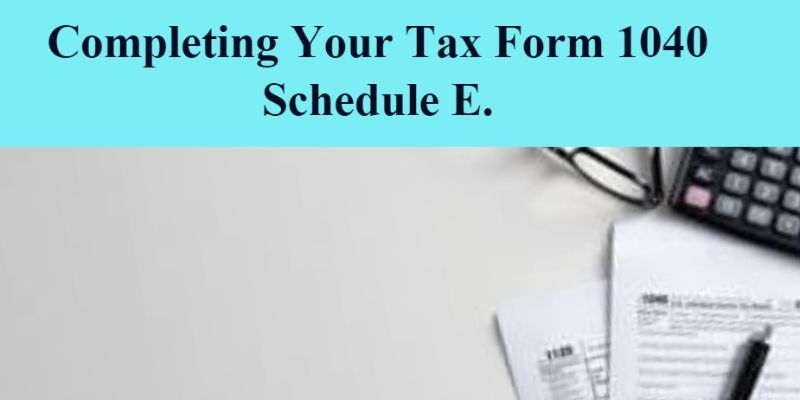Embarking on the journey to buy a house is undeniably thrilling! However, amidst the excitement of envisioning cozy evenings and selecting paint colors, it's imperative to address a pivotal question: "How much house can I afford?" Fear not; we've got you covered.
Delve into five straightforward yet powerful methods that cut through the complexity, allowing you to accurately calculate your Home Buying Budget. Before you fully immerse yourself in the dream of homeownership, equip yourself with these spartan tools to ensure that your vision aligns seamlessly with your financial reality.
5 Simple Ways to Calculate Your Home-Buying Budget
Let’s dive in to know about the ways to calculate your Home Buying Budget.
The Rule of 28/36: Simple Arithmetic for a Realistic Budget
Let's kick things off with a rule that's as straightforward as it gets – the 28/36 rule.
This guideline recommends that your monthly housing expenses should be limited to 28% of your gross monthly income, and the combined total of your debt payments, including the mortgage, should not surpass 36%.
Here's how to calculate it: Multiply your gross monthly income by 0.28 and 0.36 to get the recommended ranges. This method is a spartan yet reliable way to get an initial estimate of your house's affordability.
The 25% Rule: A Conservative Approach
For those who prefer a more conservative approach, the 25% rule is a minimalist's dream. This method recommends that your mortgage payment shouldn't surpass 25% of your monthly take-home pay. It's a back-to-basics approach that leaves you with ample room in your budget for other important expenses and surprises.
Simply take your monthly take-home pay and multiply it by 0.25 to find your maximum affordable mortgage payment. This Spartan method ensures financial stability and avoids overstretching your budget.
The Down Payment Factor: Real Numbers, Real Savings
Your Down Payment plays a crucial role in determining how much house you can afford. A hefty Down Payment not only reduces your loan amount but also lowers your monthly mortgage payments.

A general guideline is aiming for a 20% Down Payment, but it's perfectly fine to start with a smaller percentage. Just be aware that a smaller Down Payment might result in higher monthly payments and added costs like private mortgage insurance (PMI).
To calculate your potential home price based on a Down Payment, divide your available Down Payment by 0.20. This Spartan formula empowers you to gauge your affordability based on a practical Down Payment.
The Debt-to-Income Ratio: Balancing Act
The debt-to-income (DTI) ratio serves as a straightforward yet efficient method to evaluate your capacity for home purchasing. It measures the portion of your gross monthly income allocated to debt payments. Lenders commonly employ two variations of DTI ratios: front-end and back-end.
The front-end DTI exclusively takes into account expenses related to housing, whereas the back-end DTI encompasses all liabilities such as credit card balances, car loans, and student loans. To compute this, divide your gross monthly income by your monthly debt payments, then multiply the result by 100 to obtain the percentage.
Lenders generally favor a back-end DTI that is under 43%, ensuring sufficient flexibility in your budget.
The Emergency Fund Check: A Spartan Reality Check

Amidst all the calculations, don't forget the importance of having an emergency fund. Life is unpredictable, and unexpected expenses can arise at any moment. Before committing to a mortgage, ensure you have an emergency fund that covers at least three to six months of living expenses.
This Spartan reality check safeguards you from potential financial stress and ensures you can weather any unexpected storms that may come your way.
How the Loan You Choose Can Affect Affordability
Choosing the right loan is a crucial aspect of the home-buying process. The type of mortgage you select can significantly impact your overall affordability. Here are key factors to consider:
Interest Rates and Affordability
The interest rate on your mortgage directly influences your monthly payments. Opting for a loan with a lower interest rate can save you thousands of dollars over the life of the loan, making your home more affordable in the long run. Explore different lenders and loan types to find the best interest rate that suits your financial situation.
Loan Term and Monthly Payments
The loan term, or the number of years you have to repay the mortgage, plays a role in affordability. Although opting for a shorter loan term might result in increased monthly payments, it has the potential to reduce your long-term interest costs.
On the other hand, a longer loan term might result in lower monthly payments but could cost more in interest over time. Consider your financial goals and choose a loan term that aligns with your budget.
Loan Type and Down Payment Requirements
Various loan types come with different Down Payment requirements. FHA loans, for instance, often allow for lower Down Payments but may come with additional costs like mortgage insurance. Conventional loans may require a higher Down Payment but can offer more flexibility in terms.
Evaluate the Down Payment requirements of different loan types and choose one that fits your financial capabilities.
Adjustable Rate vs. Fixed Rate Mortgages
Another consideration is whether to opt for an adjustable-rate mortgage (ARM) or a fixed-rate mortgage. ARMs may offer lower initial Interest Rates, but they come with the risk of rates increasing in the future. Fixed-rate mortgages provide stability with a consistent interest rate throughout the loan term. Assess your risk tolerance and financial goals when deciding between these two options.
Conclusion
As you embark on the journey of homeownership, remember that the loan you choose is a critical piece of the affordability puzzle. Understanding the impact of interest rates, loan terms, types, and down payments on your monthly payments empowers you to make well-informed decisions in line with your financial objectives.




